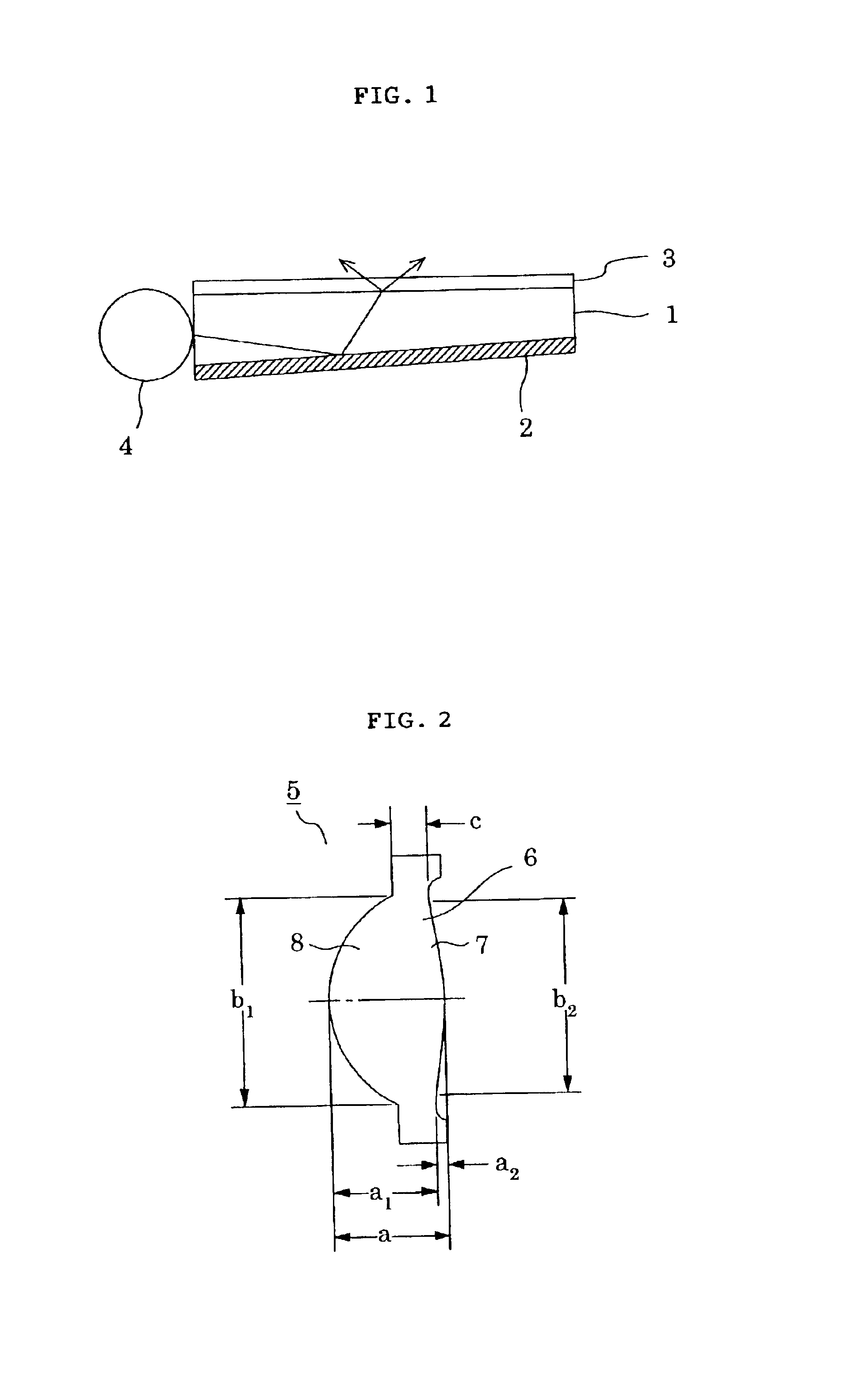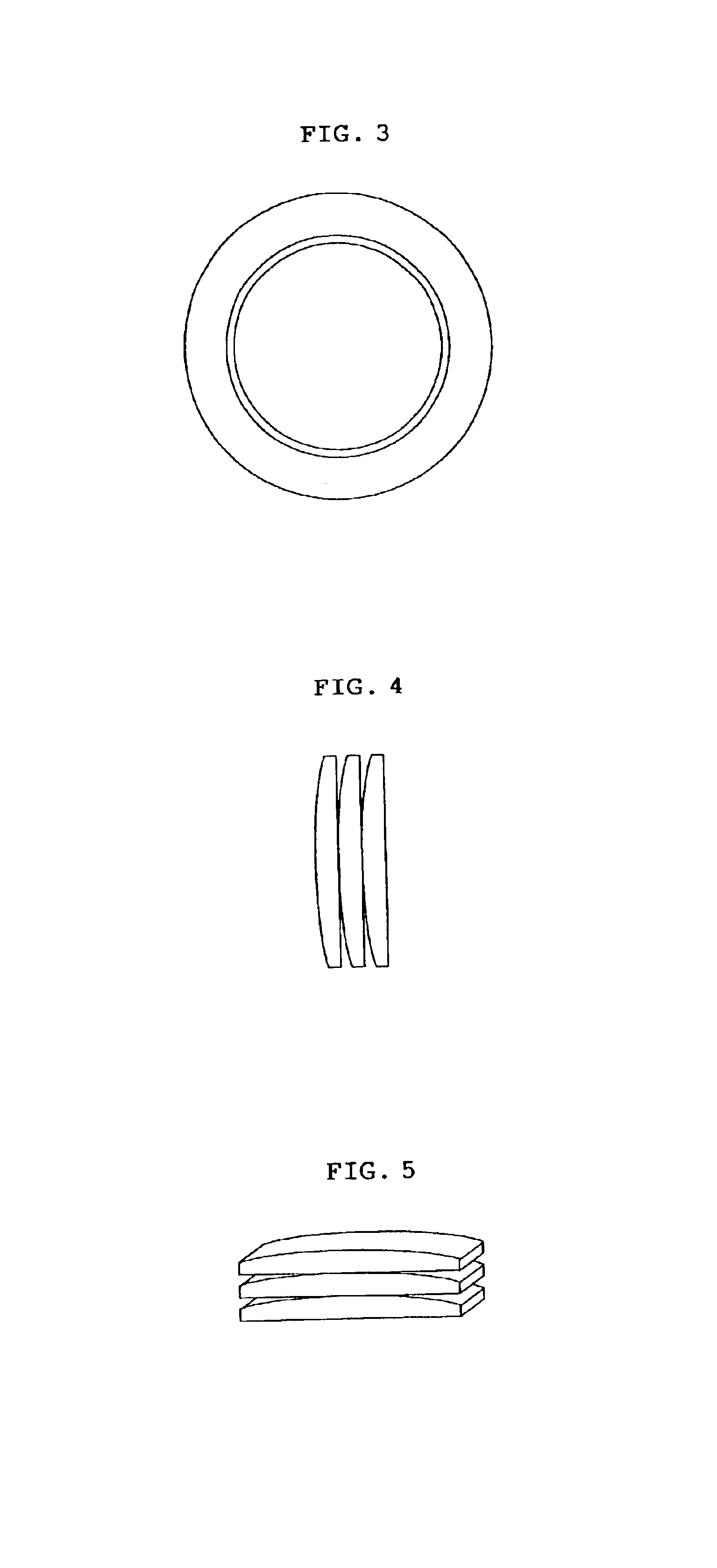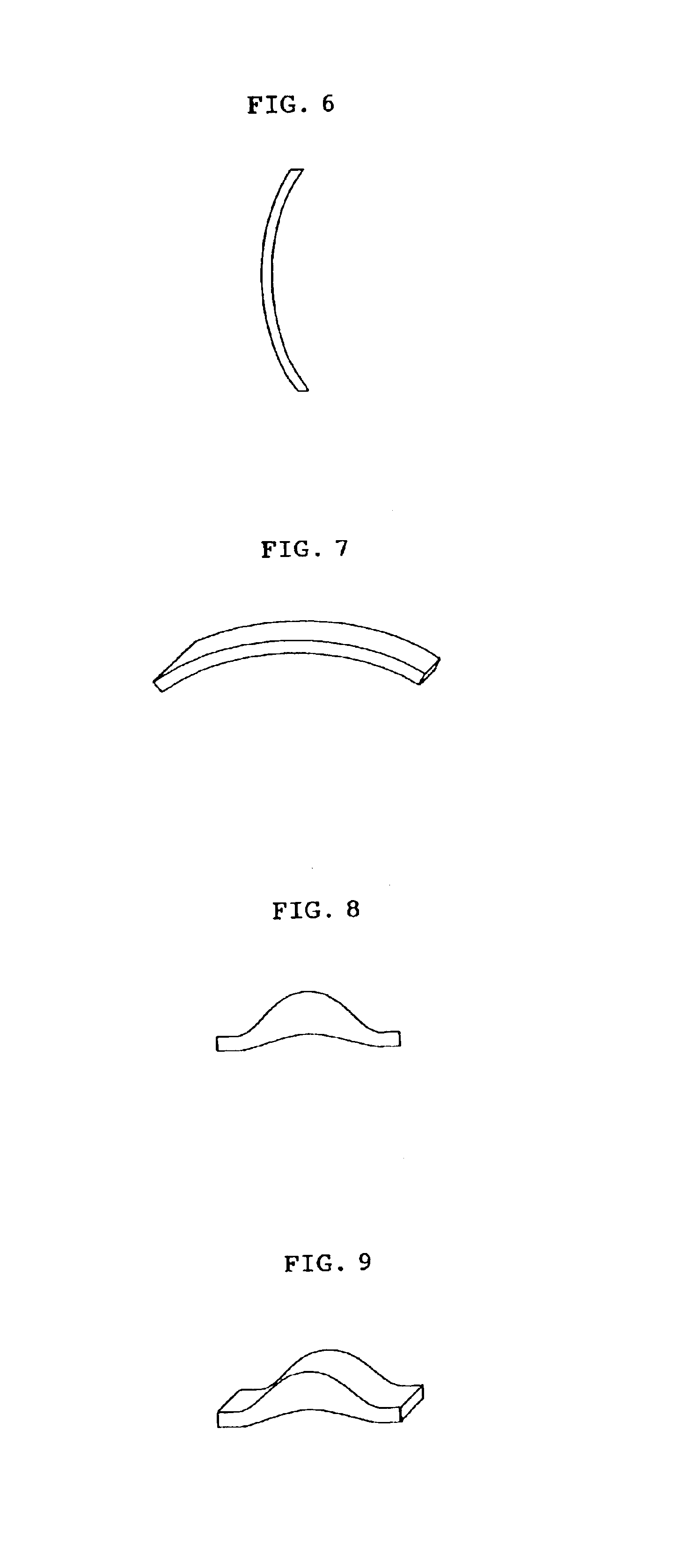Block copolymer, process for producing the same, and molded object
a technology of copolymer and block, applied in the direction of film/foil adhesives, adhesives, etc., can solve the problems of insufficient mechanical strength of hydrogenated polystyrene resin, low elastic modulus of sebs, and inability to use hydrogenated polystyrene as the material for optical parts other than optical disks and miniature lenses. , to achieve the effect of excellent mechanical strength, low birefringence and light transmittan
- Summary
- Abstract
- Description
- Claims
- Application Information
AI Technical Summary
Benefits of technology
Problems solved by technology
Method used
Image
Examples
production example 1
Example 1 of Production Method
[0254]A stainless steel reaction vessel equipped with a stirrer, which had been sufficiently dried and purged with nitrogen, was charged with 320 parts of dehydrated cyclohexane, 28 parts of styrene monomer, and 0.40 part of dibutyl ether. While stirring the resulting mixture at 60° C., 0.30 part of n-butyllithium solution (15% hexane solution) was added to start the polymerization reaction. After one hour of polymerization reaction, the reaction solution was added with 24 parts of a monomer mixture consisting of 16 parts of styrene monomer and 8 parts of isoprene monomer, and the polymerization reaction was conducted further for an hour. Subsequently, the reaction solution was further added with 28 parts of styrene monomer, and the polymerization reaction was conducted further for an hour, and then the reaction solution was added with 0.2 part of isopropyl alcohol to terminate the reaction.
[0255]The weight average molecular weight (Mw) and molecular we...
production example 2
Example 2 of Production Method
[0259]The same stainless steel reaction vessel as that used in Production Example 1 was charged with 320 parts of dehydrated cyclohexane, 56 parts of styrene monomer, and 0.40 part of dibutyl ether. While stirring the resulting mixture at 60° C., 0.30 part of n-butyllithium solution (15% hexane solution) was added to start the polymerization reaction. After one hour of polymerization reaction, the reaction solution was added with 24 parts of the monomer mixture consisting of 16 parts of styrene monomer and 8 parts of isoprene monomer, and the polymerization reaction was conducted further for an hour. Subsequently, the reaction solution was added with 0.2 part of isopropyl alcohol to terminate the reaction. The weight average molecular weight (Mw) and molecular weight distribution (Mw / Mn) of the obtained block copolymer were determined as Mw=131,000 and Mw / Mn=1.06.
[0260]Then, the hydrogenation reaction was conducted similarly to that in Production Exampl...
production example 3
Example 3 of the Production Method
[0261]The same stainless steel reaction vessel as that used in Production Example 1 was charged with 320 parts of dehydrated cyclohexane, 3.2 parts of styrene monomer, and 0.40 part of dibutyl ether. While stirring the resulting mixture at 60° C., 0.30 part of n-butyllithium solution (15% hexane solution) was added to start the polymerization reaction. After two hours of polymerization reaction, the reaction solution was added with 76.8 parts of the monomer mixture consisting of 65.6 parts of styrene monomer and 11.2 parts of isoprene monomer, and the polymerization reaction was conducted further for an hour. Subsequently, the reaction solution was added with 0.2 part of isopropyl alcohol to terminate the reaction. The weight average molecular weight (Mw) and molecular weight distribution (Mw / Mn) of the obtained block copolymer were determined as Mw=128,000 and Mw / Mn=1.07.
[0262]Then, the hydrogenation reaction was conducted similarly to that in Prod...
PUM
| Property | Measurement | Unit |
|---|---|---|
| molecular weight distribution | aaaaa | aaaaa |
| molecular weight distribution | aaaaa | aaaaa |
| mol % | aaaaa | aaaaa |
Abstract
Description
Claims
Application Information
 Login to View More
Login to View More - R&D
- Intellectual Property
- Life Sciences
- Materials
- Tech Scout
- Unparalleled Data Quality
- Higher Quality Content
- 60% Fewer Hallucinations
Browse by: Latest US Patents, China's latest patents, Technical Efficacy Thesaurus, Application Domain, Technology Topic, Popular Technical Reports.
© 2025 PatSnap. All rights reserved.Legal|Privacy policy|Modern Slavery Act Transparency Statement|Sitemap|About US| Contact US: help@patsnap.com



